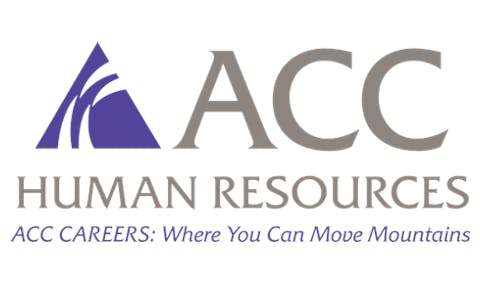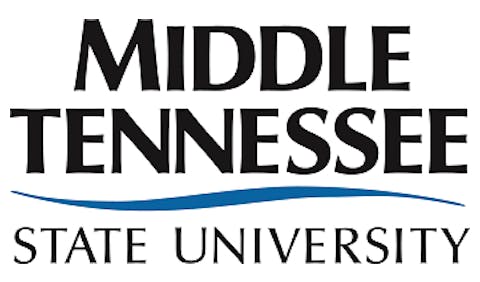
The comprehensive study, which examined policies in all 50 states plus Washington D.C., found that 42 states scored between C- and D- on a rubric measuring how well they identify, track, and fund programs for newcomer students. Alabama, Arkansas, Delaware, Montana, and West Virginia received failing grades.
"Without support or guidance from the federal government, states are on the front lines of supporting immigrant youth in schools and classrooms," said Alejandra Vázquez Baur, a Century Foundation fellow and co-author of the report who leads TCF's National Newcomer Network. "Every single student in this country, including newcomers, has a right to a free and quality education: now is the time for states to step up, and our report shows them how."
The study comes amid heightened federal hostility toward immigrant communities under the Trump administration, placing additional pressure on state and local education leaders to protect and support newcomer students.
Researchers spent years analyzing state education agency websites, funding formulas, and policies to assess three key areas: how states define newcomer students, what data they collect about this population, and what funding mechanisms exist beyond federal Title III grants.
The findings reveal significant inconsistencies across states. While some use the term "newcomer" as a specific designation, more than 30 state education agencies rely exclusively on the federal definition of "immigrant children and youth" under Title III, which was designed primarily for funding and accountability purposes rather than comprehensive student support.
Only four state education agencies—Oregon, Kentucky, Washington, and North Dakota—have established clear, statewide definitions of "newcomer" and consistently collect data on subgroups to inform eligibility, programs, and student supports.
The report found particularly troubling gaps in state-level funding. Forty-four states do not have funding specifically designated for newcomer students, instead including any support within broader English learner allocations. Two states provide no state-level funding for English learner or immigrant students beyond federal Title III allocations.
Colorado emerged as a notable exception, providing targeted funding through legislative action including $24 million appropriated in 2023 to support school districts enrolling new arrival students. Massachusetts also offers dedicated support through its Multilingual Newcomer and Homeless Support Grant.
More than 1 million newly arrived immigrant youth attend U.S. schools each morning, representing a diverse group that includes refugees, asylees, unaccompanied minors, and students with limited or interrupted formal education. According to federal data, students who arrived within the last three years and were born outside the United States surpassed one million in total in school year 2021-22.
These students bring varying levels of English proficiency and educational backgrounds, yet research shows newcomer students are often underserved, perform lower on assessments, and graduate at lower rates compared to students classified as English learners for six or more years.
Federal law, established through Supreme Court cases including Plyler v. Doe (1982), guarantees all students regardless of citizenship status the right to a free public education. However, the current federal administration's immigration policies have created additional challenges for schools and families.
"We are witnessing a sinister daily attack on our immigrant neighbors from a federal government bent on stripping immigrants' access to work, health care, educational opportunities, and even their sense of safety," Vázquez Baur said. "All students show up with a twinkle in their eye, excited to learn—newcomers included—and states need to do more to support them."
The report recommends that states develop specific, consistent definitions for newcomer students, establish robust data collection systems that protect student privacy, and create dedicated funding structures that address the unique needs of this population.
The researchers emphasized that policy solutions are within reach but require political will and sustained commitment from state leaders who increasingly find themselves serving as the primary protectors of immigrant students' educational rights.

















